

Articles
How To Store Unframed Canvas Paintings
Modified: January 5, 2024
Discover the best way to store unframed canvas paintings with our informative articles. Protect your valuable artwork and preserve it for years to come.
(Many of the links in this article redirect to a specific reviewed product. Your purchase of these products through affiliate links helps to generate commission for Storables.com, at no extra cost. Learn more)
Introduction
Storing unframed canvas paintings properly is essential to preserve their quality and longevity. Whether you have inherited a collection of beautiful artworks or you are an artist with a surplus of unframed canvases, it is important to know how to store them correctly. Proper storage helps protect the paintings from damage, such as scratches, dust, and humidity, which can degrade the canvas and ruin the artwork. In this article, we will discuss the materials needed and provide step-by-step instructions on how to store unframed canvas paintings to ensure their preservation and longevity.
Key Takeaways:
- Preserve unframed canvas paintings by using acid-free materials, proper wrapping, and choosing the right storage environment to prevent damage from humidity, light exposure, and pests.
- Regularly monitor and maintain the storage area to ensure the longevity of unframed canvas paintings, including temperature and humidity control, dusting, and careful handling.
Read more: How To Store Canvas Paintings
Materials Needed for Storing Unframed Canvas Paintings
Before you begin storing your unframed canvas paintings, gather the following materials:
- Acid-free archival tissue paper or glassine sheets
- Acid-free cardboard or foam boards
- Acid-free plastic sleeves or polyethylene bags
- Acid-free storage boxes or portfolios
- pH-neutral tape
- Gloves (preferably cotton or lint-free to avoid leaving fingerprints)
- Dust-free environment or a clean, dedicated storage space
These materials are crucial for creating a safe storage environment that minimizes the risk of damage to your unframed canvas paintings.
Preparing the Canvas for Storage
Before you store your unframed canvas paintings, it is important to prepare them properly to ensure their protection. Follow these steps:
- Clean the surface: Gently dust off the surface of the canvas using a soft, lint-free cloth or brush. Be careful not to apply excessive pressure or use abrasive materials that could damage the painting.
- Remove any loose debris: Check for any loose dirt, crumbs, or other debris on the canvas. Use a soft brush or compressed air to gently remove them.
- Fill in any holes or tears: If the canvas has any holes or tears, consider repairing them before storing. Consult a professional conservator for guidance on the appropriate techniques for repairing canvas.
- Apply a protective barrier: Place a layer of acid-free archival tissue paper or glassine on the front surface of the painting. This barrier helps protect the paint from sticking to any material it may come into contact with during storage.
- Cover the back: Place a second layer of acid-free archival tissue paper or glassine on the back of the painting to provide additional protection.
- Secure with pH-neutral tape: Use pH-neutral tape to secure the layers of tissue paper or glassine in place. Ensure that the tape does not come into direct contact with the painting.
By following these steps, you will ensure that your unframed canvas paintings are adequately prepared for storage, reducing the risk of damage during the process.
Choosing the Right Environment for Storage
The environment in which you store your unframed canvas paintings plays a significant role in preserving their quality. Here are some factors to consider when selecting the storage area:
- Temperature and humidity: Maintaining a stable temperature and humidity level is crucial. Ideally, the storage area should have a temperature between 65-75°F (18-24°C) and a relative humidity of around 50%. Fluctuations in temperature and high humidity can lead to mold growth, paint cracking, and canvas warping.
- Light exposure: Avoid storing your paintings in direct sunlight or areas with bright artificial light. UV rays can fade the pigments and deteriorate the canvas over time. Opt for a dark and cool storage area.
- Ventilation: Adequate airflow is essential to prevent the buildup of moisture and the growth of mold. Ensure that the storage area is well-ventilated, but not excessively dry or drafty.
- Security: Choose a secure storage area to protect your artworks from theft or damage. Consider installing security systems or using lockable storage cabinets or rooms.
- Cleanliness: Keep the storage area clean and free from dust, dirt, and pests. Regularly clean the space and inspect for any signs of pests or infestation.
- Non-acidic environment: Avoid storing paintings in areas with high levels of acidity, such as near cardboard boxes or old newspapers. Acidic materials can transfer acids to the artwork, causing degradation over time.
Taking these factors into account will help you select the most suitable environment for storing your unframed canvas paintings, ensuring their long-term preservation.
Wrapping and Protecting Unframed Canvas Paintings
Properly wrapping and protecting your unframed canvas paintings is crucial to safeguarding them during storage. Follow these steps:
- Use acid-free archival tissue paper or glassine: Place a layer of acid-free archival tissue paper or glassine directly on the front surface of the painting. This protective barrier prevents direct contact between the painting and any wrapping materials.
- Add a backing support: To provide additional rigidity and support, place a piece of acid-free cardboard or foam board behind the painting. Cut it to fit the size of the canvas and position it securely.
- Wrap the painting securely: Carefully fold the excess tissue paper or glassine over the front of the canvas, ensuring that it covers the entire surface. Avoid using plastic wraps or bubble wraps, as they can trap moisture and cause damage over time.
- Enclose the wrapped painting: If you plan to store multiple paintings together, place each wrapped painting into a separate acid-free plastic sleeve or polyethylene bag. This prevents any potential contact or friction between the artworks.
- Label the wrapping: Use acid-free labels or tags to write any necessary identification information about the painting, such as the title, artist’s name, and date. Affix the label securely to the outside of the wrapping.
By following these steps, you will ensure that your unframed canvas paintings are adequately protected from dust, scratches, and other potential sources of damage during storage.
Store unframed canvas paintings vertically in a cool, dry place to prevent warping. Use acid-free paper or plastic wrap to protect the surface, and avoid stacking heavy objects on top.
Read more: How To Store Canvas Paintings At Home
Storing Unframed Canvas Paintings in a Horizontal Position
Storing unframed canvas paintings in a horizontal position is ideal, as it helps distribute the weight evenly and prevents any stress or strain on the canvas. Follow these steps:
- Find a suitable storage box or portfolio: Look for acid-free storage boxes or portfolios that are spacious enough to accommodate your paintings without crowding them. Ensure that the box or portfolio is clean and in good condition.
- Line the storage box or portfolio: Use acid-free tissue paper or foam boards to line the bottom of the storage box or portfolio. This provides additional protection against accidental impacts.
- Place the wrapped paintings in the box: Gently place the wrapped paintings in the storage box or portfolio, ensuring they lie flat and do not bend or overlap. Leave some space between each painting to prevent any potential damage.
- Add support between layers: If you need to stack multiple layers of paintings, insert acid-free foam boards between each layer for support. This helps distribute the weight evenly and prevents any pressure on the artworks.
- Close and secure the storage box or portfolio: Seal the storage box or portfolio securely to keep out dust, light, and pests. Use acid-free tape or secure the lid using appropriate closures.
- Store in a cool and dry area: Place the storage box or portfolio in a cool and dry location, away from direct sunlight and extreme temperature fluctuations. Avoid areas prone to high humidity or excessive moisture.
Storing unframed canvas paintings horizontally in a suitable storage box or portfolio helps maintain their condition and minimizes the risk of damage during storage.
Storing Unframed Canvas Paintings in a Vertical Position
If storing unframed canvas paintings horizontally is not feasible due to space limitations or other factors, you can store them in a vertical position following these steps:
- Find a secure storage rack or shelf: Look for a sturdy storage rack or shelf that can accommodate the size and weight of your paintings. Ensure that it is stable and provides proper support.
- Prepare the rack or shelf: Clean the storage rack or shelf and ensure that it is free from dust, debris, or any potentially damaging materials. Consider lining the shelf with acid-free archival tissue paper or foam boards for added protection.
- Secure the paintings vertically: Position the wrapped paintings vertically on the storage rack or shelf. Use bookends or specially designed supports to keep the paintings standing upright and prevent them from leaning or falling.
- Provide adequate spacing: Leave enough space between each painting to avoid any potential contact or accidental damage. Ensure that the paintings are not squeezed tightly together.
- Monitor for stability: Periodically check the stability of the storage rack or shelf to ensure that it remains secure. Make sure it is not exposed to excessive vibrations or movements.
- Keep the storage area clean and dry: Maintain a clean and dry storage environment to prevent dust, dirt, and potential moisture damage. Regularly clean the storage rack or shelf and inspect for any signs of pests or infestation.
Storing unframed canvas paintings in a vertical position requires proper support and precautionary measures to prevent any potential damage. However, it can be a suitable option when horizontal storage is not feasible.
Monitoring and Maintaining the Storage Area
Once you have stored your unframed canvas paintings, it is important to regularly monitor and maintain the storage area to ensure the preservation of the artworks. Here are some key steps to follow:
- Regular inspections: Periodically check on the stored paintings to ensure they remain in good condition. Look for any signs of damage, such as mold, pests, or changes in the canvas or paint.
- Maintain proper temperature and humidity levels: Monitor the temperature and humidity in the storage area regularly. Make sure they remain within the recommended ranges. If necessary, use a digital hygrometer and dehumidifier to control the environment.
- Dusting and cleaning: Keep the storage area clean and free from dust and debris. Regularly dust the storage shelves or racks, as well as the storage boxes or portfolios, using a soft, lint-free cloth or brush.
- Pest control: Take preventive measures to avoid pests, such as insects or rodents, from damaging your stored paintings. Consider using pest-control products or seeking professional assistance if necessary.
- Document and update records: Maintain a detailed inventory of the stored paintings, including information such as the artwork’s title, artist, dimensions, and condition. Update this inventory whenever there are changes or additions to the collection.
- Handle with care: Whenever you need to access or move the stored paintings, make sure to wear clean, cotton or lint-free gloves to avoid leaving fingerprints or introducing dirt or oils onto the surface of the artworks.
- Research and seek professional advice: Stay informed about best practices for art storage and preservation. Consult a professional conservator or art expert for guidance on specific concerns or questions you may have.
By regularly monitoring and maintaining the storage area, you can ensure that your unframed canvas paintings remain in optimal condition and are preserved for years to come.
Conclusion
Properly storing unframed canvas paintings is vital to preserve their quality and protect them from damage. By following the steps outlined in this article, you can ensure the longevity of your valuable artworks.
Start by preparing the canvas for storage, ensuring that it is clean and free from any loose debris. Use acid-free archival tissue paper or glassine to create a protective barrier between the painting and wrapping materials. Choose a suitable storage environment, considering factors such as temperature, humidity, light exposure, ventilation, and cleanliness. Wrap and protect the paintings using acid-free materials, and label them clearly for identification.
When storing unframed canvas paintings, you have the option to store them horizontally or vertically, depending on the available space and resources. Use acid-free storage boxes or portfolios for horizontal storage, and provide support between layers. For vertical storage, ensure that the paintings are securely positioned and spaced adequately.
Maintaining the storage area is crucial to preserving the quality of the artworks. Regularly monitor the environment for temperature, humidity, and pests. Keep the storage area clean and dust-free, and handle the paintings with care when accessing or moving them.
By following these guidelines and seeking professional advice when needed, you can ensure that your unframed canvas paintings are stored properly, protected from damage, and preserved for future enjoyment by generations to come.
Frequently Asked Questions about How To Store Unframed Canvas Paintings
Was this page helpful?
At Storables.com, we guarantee accurate and reliable information. Our content, validated by Expert Board Contributors, is crafted following stringent Editorial Policies. We're committed to providing you with well-researched, expert-backed insights for all your informational needs.



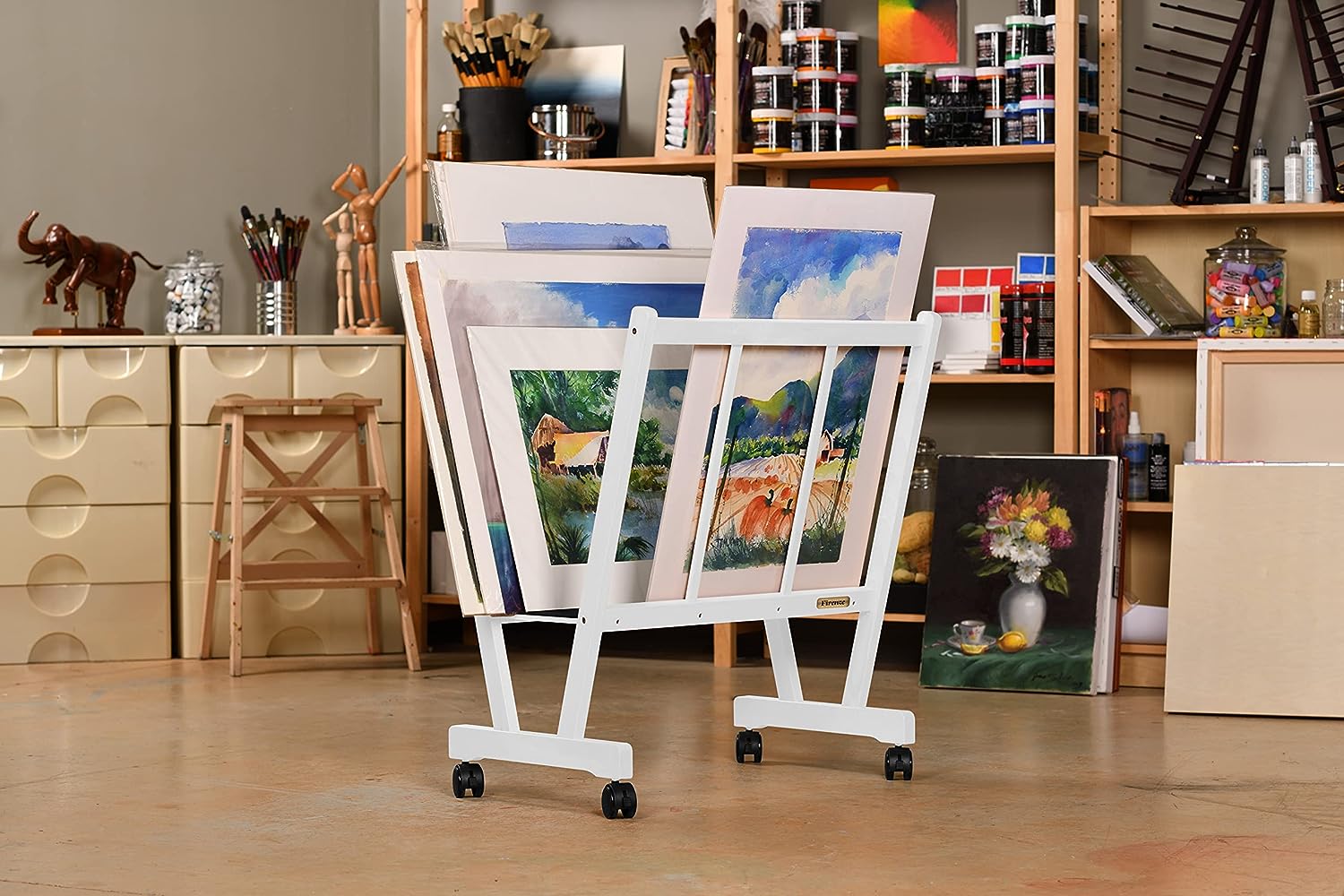
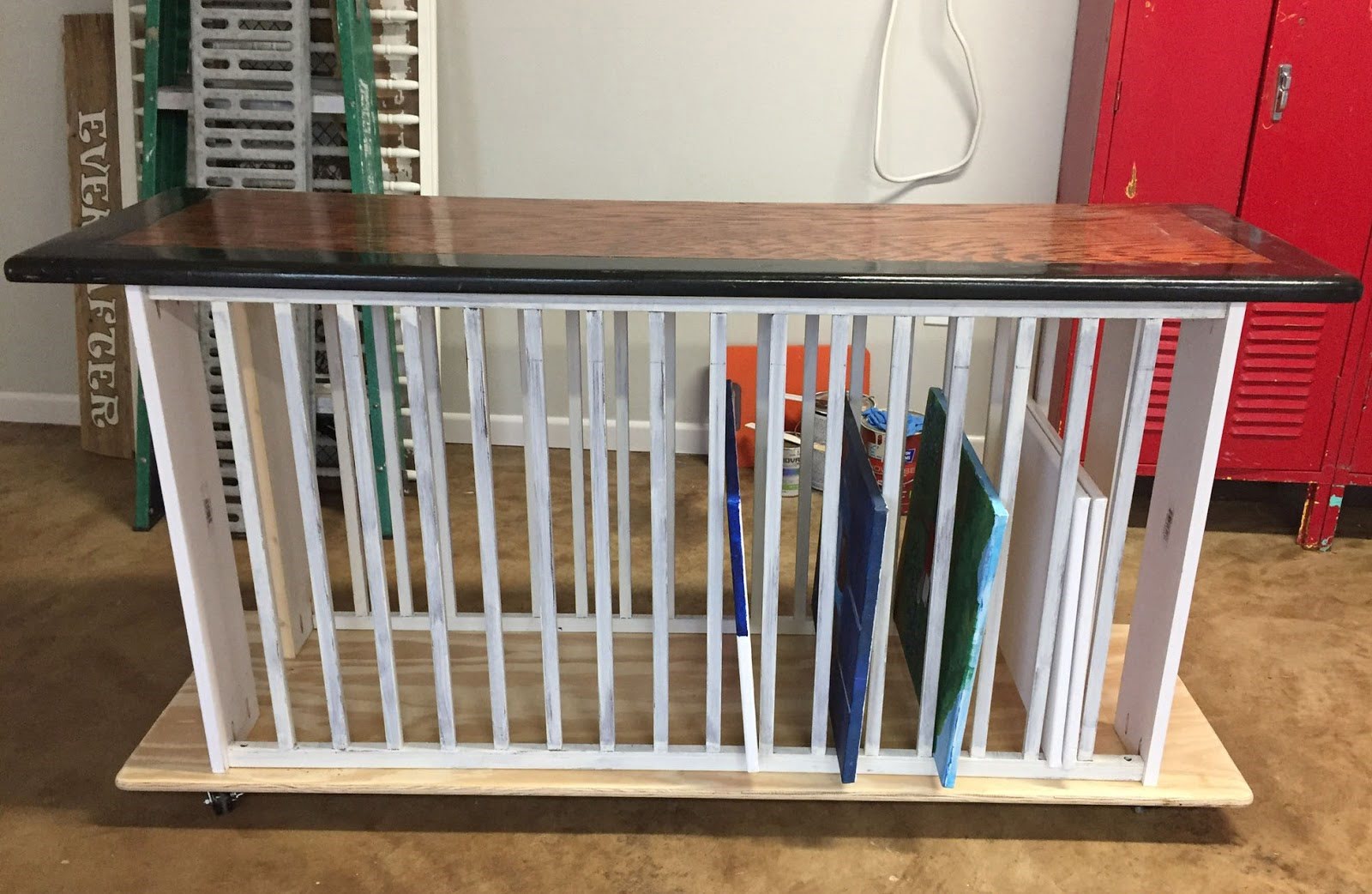





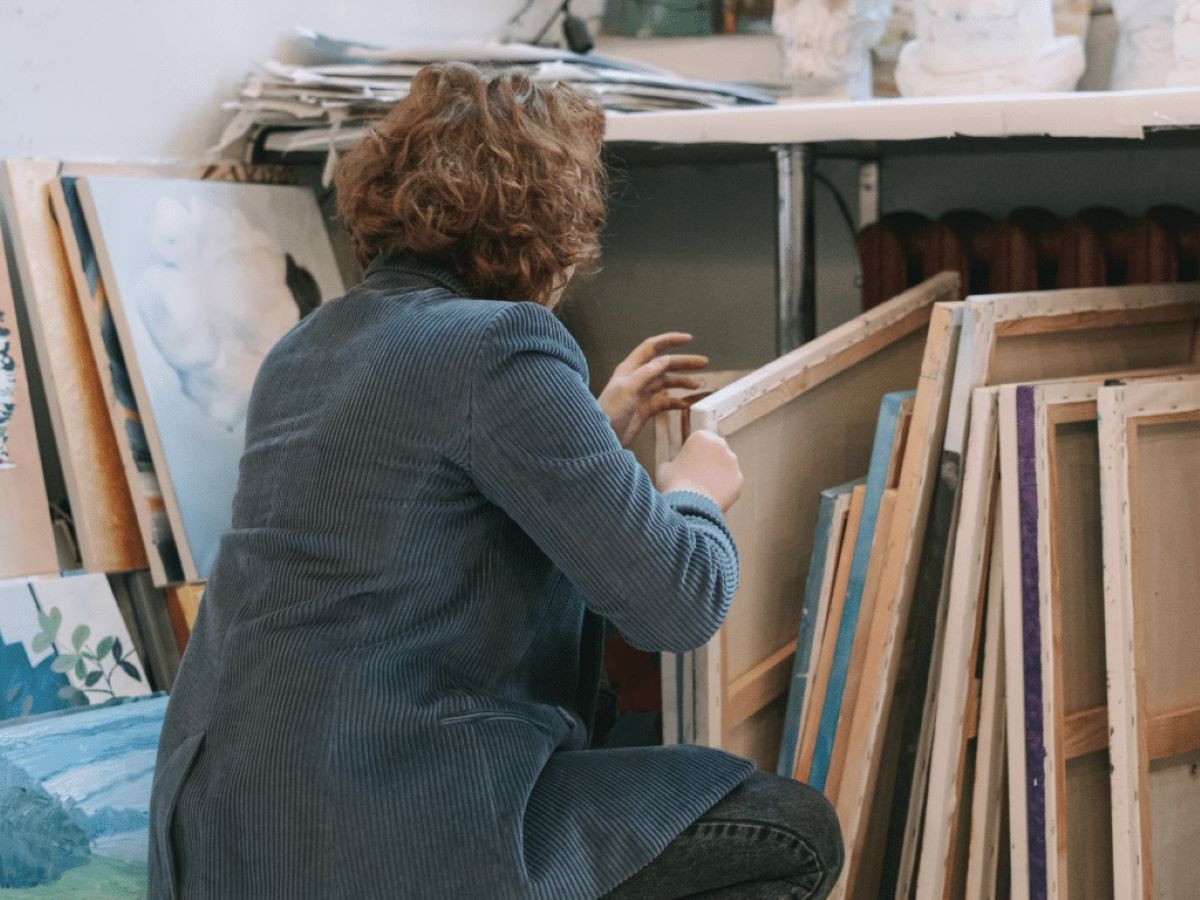
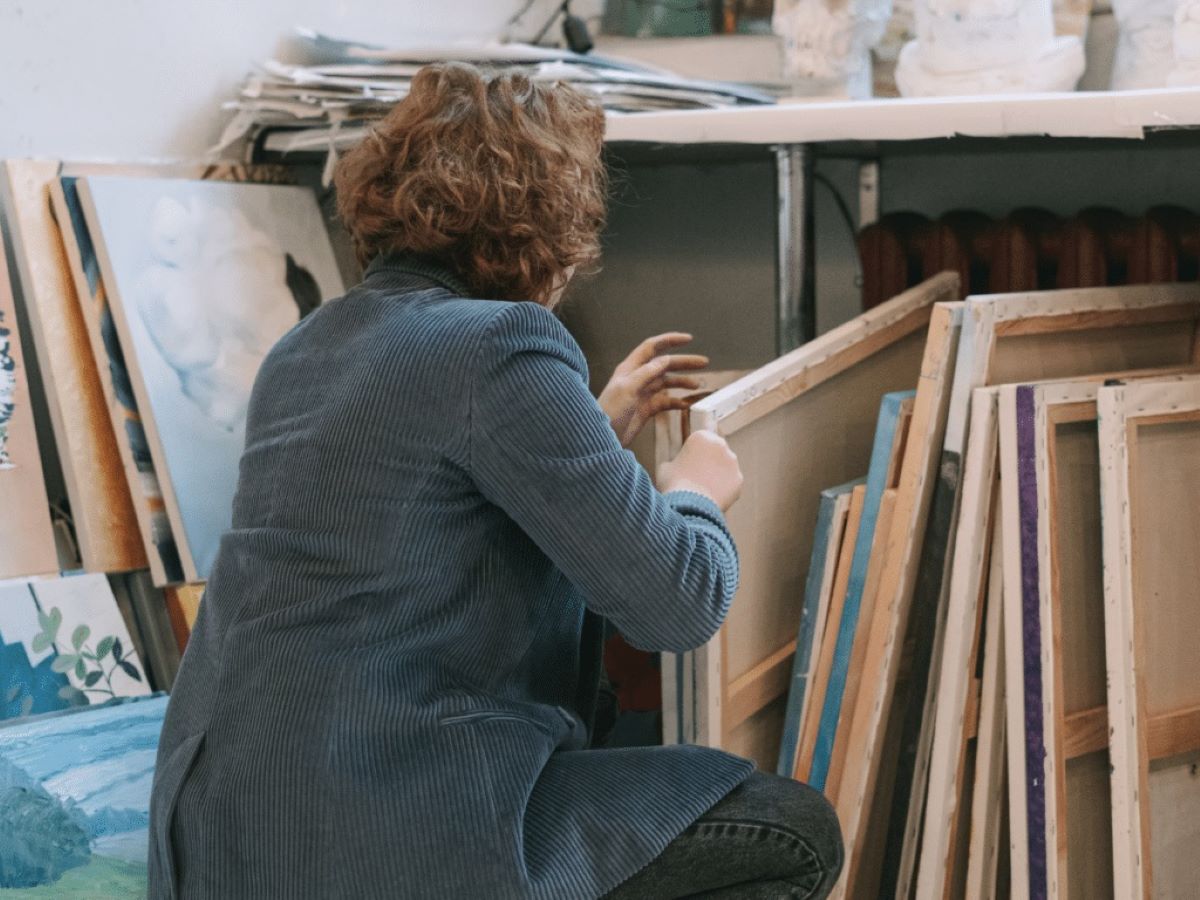
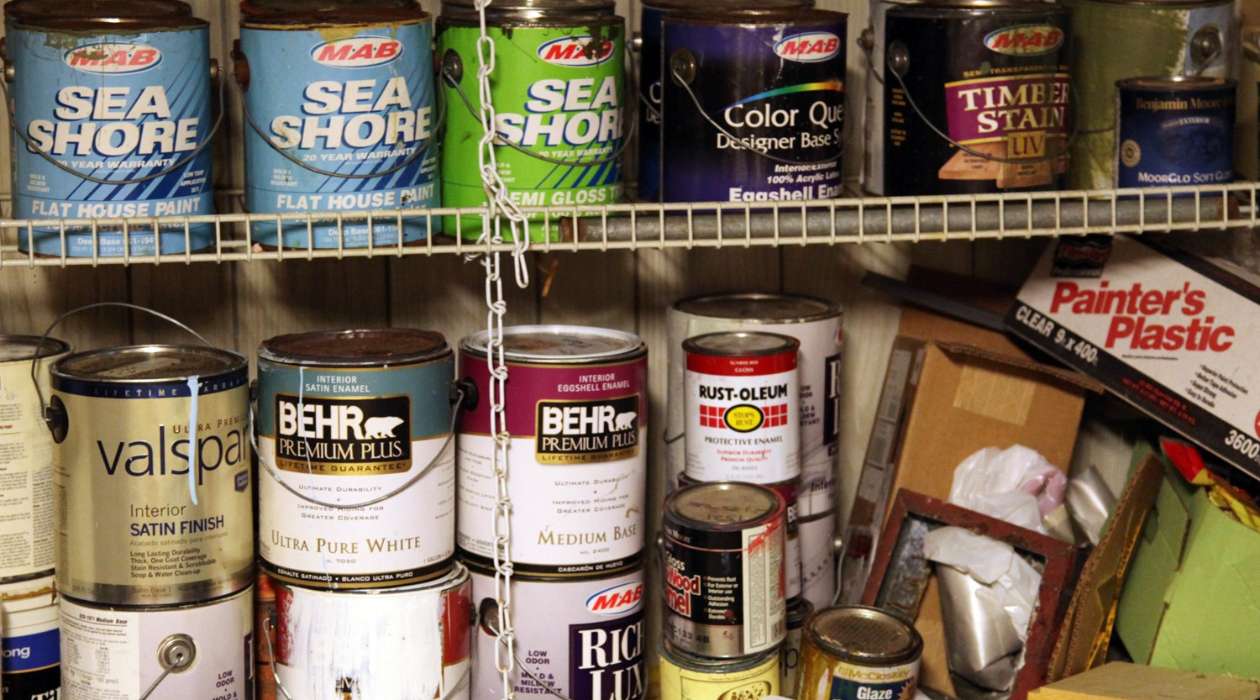


0 thoughts on “How To Store Unframed Canvas Paintings”